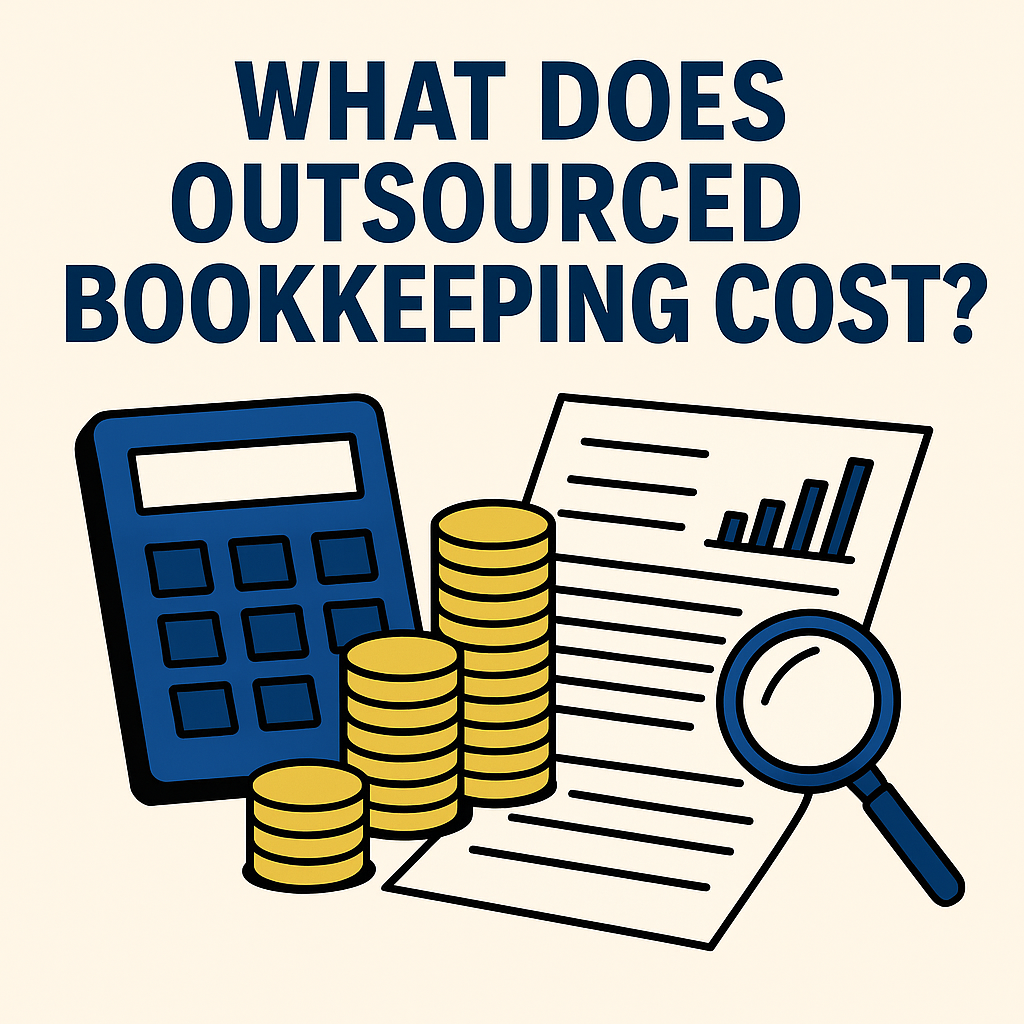
An entrepreneur could own, hold, and participate in multiple businesses throughout their lifetime. You could manage your marketing agency day-to-day, run your coaching business on auto-pilot, and simultaneously build a software startup on the side. While you could separately own each business, you lose out on potential efficiencies by consolidating your ownership through a holding company.
What is a holding company?
A holding company is an intermediate LLC or corporation that you own and control 100% of that directly own your interests in your business ventures. Depending on your tax posture, you could entertain a few different tax classifications like a disregarded entity, S-corporation, or C-corporation.
Legal protections
A holding company can protect your business assets with the proper structure and management because each operating business is effectively siloed from the other. If a creditor sues one business, they can’t claim the assets of another business because of the legal protections from the holding company.
Tax benefits
Another key tax benefit of owning your ventures through a holding company is consolidating the income and deductions into one tax return. Imagine an operating company held by a holding company is treated as a disregarded entity or Q-sub. In that case, they can file one tax return for the group and share essential tax attributes like losses and tax credits.
It also minimizes income tax filings and payroll reporting requirements for the business owner who only needs to run payroll out of one company instead of all 3 separately.
More compliance
There aren’t too many downsides to using a holding company. The biggest downside is that a holding company requires more legal compliance because there’s another business to deal with. Every legal entity requires annual board minutes, secretary of state registrations, and franchise taxes.
Complex accounting and management
You also have to respect the chain of ownership and make certain distributions are issued to the direct owners. It also requires more complex accounting because your CFO will need to consolidate your financial statements to prepare your tax returns.
Another downside is that if you have employees across your different operating companies, they may be treated as a controlled group for things like health insurance, 401(k) retirement plans, and more.
Joint ventures with partners
If you start a joint venture limited liability company (“JV LLC”) with another person, you can create an operating company for that JV LLC and own it through your holding company. The JV LLC can file a partnership tax return showing your share of income and loss, which will be reported on your holding company’s tax return. The income or loss from your JV LLC will be included with the income and loss from your other operating companies.
Set up two S-corp holding companies
A key strategy for partners doing business together is to create a JV LLC and own their respective interests through separate S-corporation holding companies. Active partners working in a partnership need to pay self-employment taxes on their earnings, so installing an S-corporation holding company will significantly reduce their self-employment taxes.
The other crucial benefit to using a holding company is that sometimes partners don’t want to pay for each other’s expenses like their home office, Augusta rule rentals, vehicle deductions, or hiring their kids. This is an excellent way for partners to deduct business expenses relevant to them and keep them out of the partnership.
Flexible economic arrangements
JV LLCs also enjoy flexible economic arrangements that can be virtually whatever you want to agree with your partner. Guaranteed payments, priority distributions, waterfall arrangements, profits interests, incentive units, etc., are all available with an LLC taxed as a partnership. S-corporations have a single class of stock requirements that limit your ability to do these types of flexible arrangements. It’s best to use a JV LLC if you think your arrangement might not be straightforward pro-rata.
Controlled group retirement plans
If your joint venture is a specified service trade or business, one thing to consider is it might be subject to controlled group reporting for retirement plans like a 401(k). It’s best to work with a tax advisor to see if this applies to you and your industry.
Which tax classification is best for my holding company?
The most common tax classifications for a holding company are S-corporations or C-corporations. There is no one-size-fits-all answer because S-corps and C-corps have advantages and disadvantages.
In general, if your collective businesses are making less than $1M in profit and you can capitalize on the qualified business income deduction, an S-corporation will yield a lower effective tax rate.
When to choose a C-corp instead of an S-corp
If you make more than $1M in profit or must file in many states, consider revoking your S-corporation status and using C-corporation instead. C-corporations enjoy a lower federal tax rate of 21% compared to the highest marginal tax rate of 37% for individuals.
Distributing appreciated property
You must be cognizant that S-corporations and C-corporations have a couple pitfalls that might not make them the most attractive vehicles to use. Both S-corporations and C-corporations trap assets within the structure. If you try and distribute appreciated property like stock, crypto, real estate, or investments in private companies, you will trigger a nasty tax creating phantom income.
Accumulated earnings tax
The IRS is aware that C-corporation owners try and defer income taxes on their qualified dividends for as long as possible. C-corporations that do not distribute excess retained earnings will eat a 20% accumulated earnings tax unless they prove the company needs the retained earnings for investment. This effectively forces the company to issue a dividend to shareholders creeping up the effective tax rate.
Section 1202 – Qualified small business stock
Using a holding company taxed as an S-corporation or C-corporation will not allow you to treat your stock as qualified section 1202 “QSBS.” This could be a huge tax loss because the sale of QSBS could enable you to completely eliminate the capital gain on your sale of highly appreciated shares. If you plan to invest in QSBS, consider employing an LLC taxed as a partnership or disregarded entity so you can retain QSBS status.
Mix and match
You might use multiple holding companies to own various business interests. If you have passive investments or real estate, consider using an LLC taxed as a partnership or disregarded entity to own highly appreciated assets. If you have mostly service businesses with predictable profit, perhaps an S-corporation makes the most sense to shelter you from self-employment tax.
How do I set up a holding company?
You need to work with an attorney to create a new LLC or corporation to represent your holding company. From there, you should contribute your ownership interest in your existing operating company into the holding company. The resulting structure should be that you own your holding company, and your holding company now owns your operating company.
F-reorganization steps
From an income tax perspective, this is treated as an “F-reorganization” which is a mere change in identity or form. The tax rules state that your holding company “assumes” the original S-corporation status of your operating company. It will continue filing returns as if it was a continuation of the original filings. You will need a new EIN and need to attach a statement to the tax returns indicating it was an F-reorganization.
You can then start adding new business ventures underneath the holding company which will protect the new ventures from self-employment tax.
This is all too confusing…
If this is all over your head, we recommend working with a competent attorney and tax advisor to help you structure your businesses most optimally. CleverProfits helps our CFO clients set up the best tax structure for their companies to legally minimize their tax burden. Schedule a call with an advisor today.
The Clever Writing Team
The CleverProfits writing team includes various team members in Advisory, Financial Strategy, Tax, and Leadership. Our goal is to provide relevant and easy-to-understand financial content to help founders and business leaders reach their true potential.







